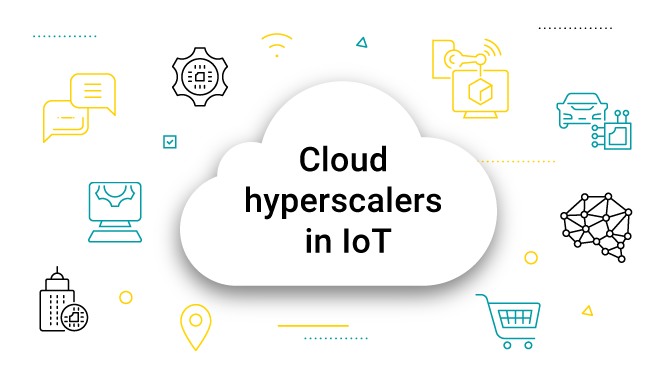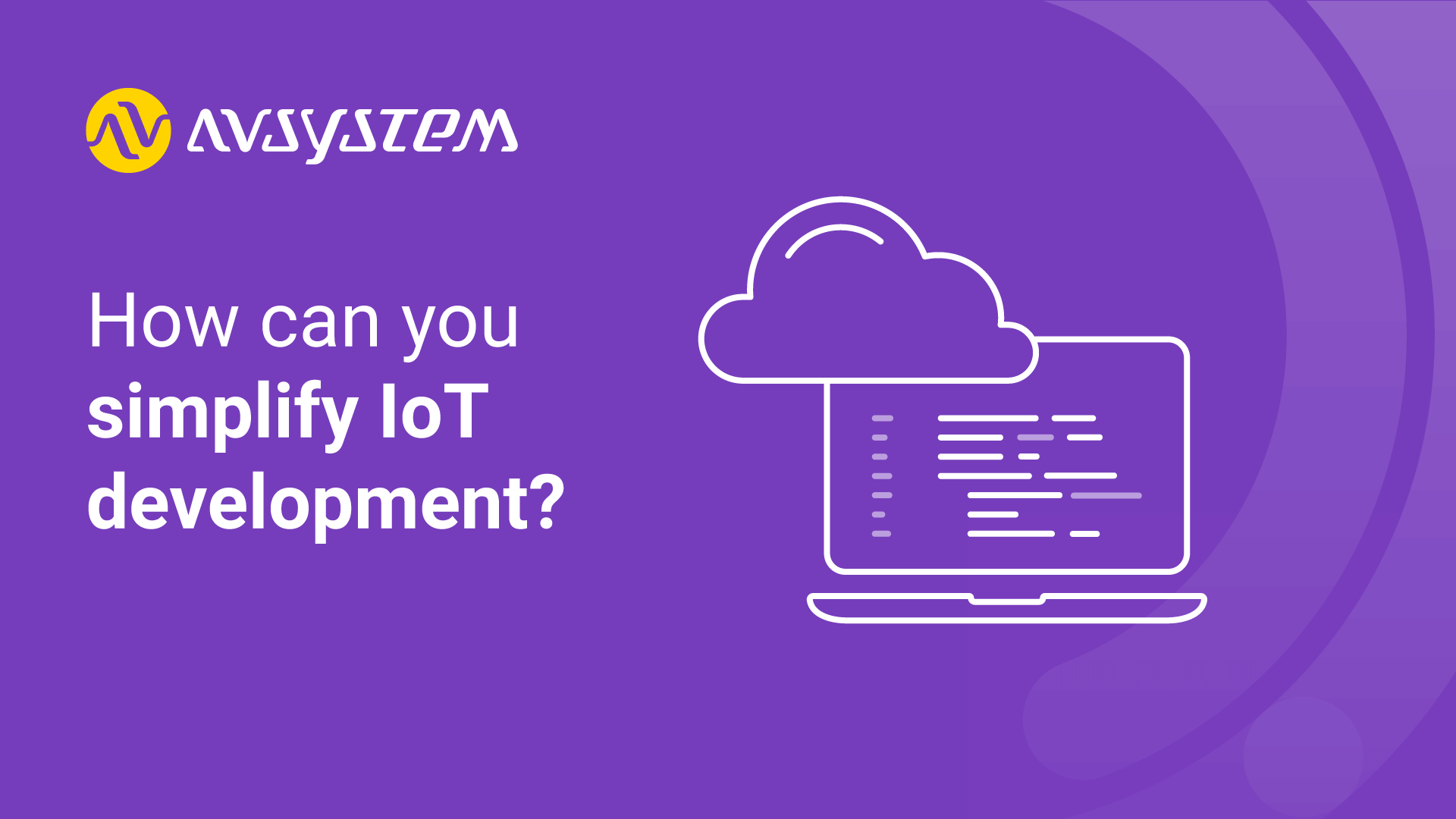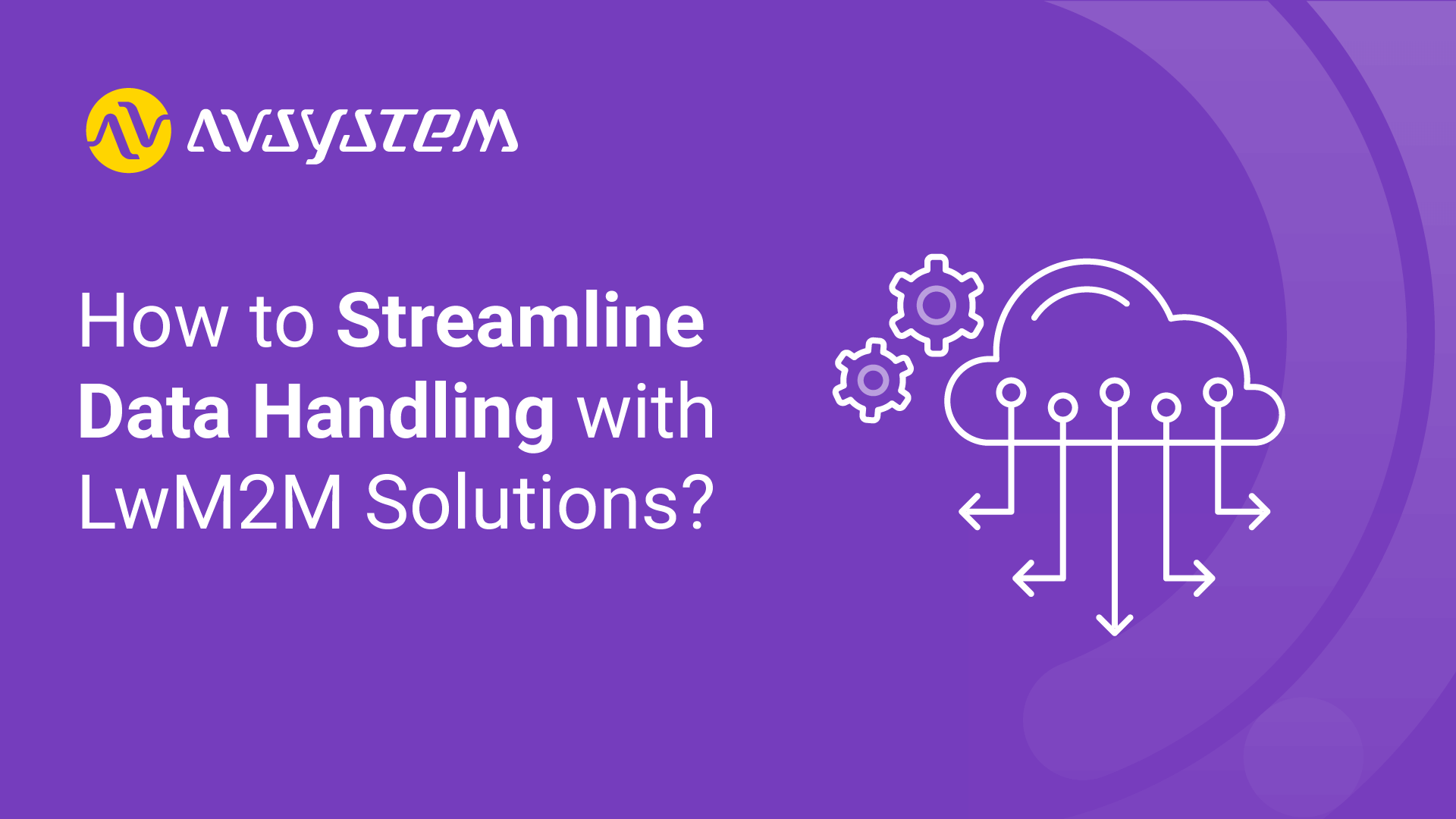Evolution of cloud hyperscalers and IoT

Before cloud hyperscalers were coined as “hyperscalers”, the cloud was just becoming an idea businesses were toying with. Infrastructure as a service (IaaS) and software as a service (SaaS), likewise, were also fresh concepts, and the notion of leveraging web-based applications and infrastructure seemed exciting but also mysterious.
Today, these are common terms. Organizations have learned that the costs of “as-a-service” solutions are far more attractive than capital expenditures, and the opportunity to grow is controlled by a simple upgrade of a service plan.
But what does leveraging a hyperscaler look like today? And where does IoT fit into our rapidly growing technology sphere?
In this article, we’ll explore hyperscalers and their relationship to the Internet of Things. We’ll also take a closer look at how these powerful entities integrate with Coiote IoT Device Management solution to manage constrained -IoT devices.
What is a cloud hyperscaler?
The term “cloud hyperscaler” is used to describe large infrastructure-as-a-service organizations. These organizations invest heavily in the development of secure and sophisticated hardware and software environments that can be leveraged by other organizations.
Cloud hyperscalers are able to provision everything from computing power and storage resources to networking infrastructure for companies to run their own applications. Popular cloud hyperscalers include Amazon’s AWS, Microsoft’s Azure, and Google’s Cloud Platform.
And the benefits of using hyperscalers are plenty.

Why cloud hyperscalers are growing in popularity
Cloud hyperscalers are growing and becoming common solutions given the value they offer organizations. Benefits include:
- Rapid deployment: Unlike roll-outs of the past, organizations no longer require massive capital outlay to start projects, or the long wait to build systems.
- Cost savings: Renting computing power is cheaper than purchasing, owning, and maintaining it.
- On-demand scalability: Scaling operations can be done in an instant. No more waiting for finance to approve a large hardware or software purchase, or for technology to be delivered to your premises.
- Reduced downtime: Hyperscalers are maintained by providers. Maintenance is well-balanced and very rarely impacts operations due to redundancies providers have in place to manage large workloads.
- Easy management: With access to rented resources and maintenance out of the way, management is less complicated. You get to focus on software and your unique solution without the hardware hassle or the overhead.
- Transition to the cloud is simple: Most organizations have moved to the cloud with many having built apps and solutions based on best-of-breed technologies. These brands benefit from well-documented migration paths to the cloud, with all hyperscalers offering support and project roadmaps.
- Security and compliance: Hyperscalers are typically at the forefront of security and compliance requirements. This lessens the burden of meeting stringent regulations for organizations.
Deployment options
As deployment options go, there are three ways to build out your environment. As detailed above, less ownership is a better option for more and more entities. If you’re considering your options, here’s what each means:

- On-premise: You purchase and own the technology.
- Private cloud: You rent cloud services and hardware, and both are provisioned in a private cloud created for your organization.
- Hybrid cloud: A combination of an on-site and private cloud.
Achieve IoT project success faster with our expertise.
Speed up your time to market using LwM2M standardization and pre-built integrations for hardware and the cloud.
Cloud hyperscalers and the Internet of Things
Cloud hyperscalers are essential for the growth and development of IoT environments. A challenge many organizations face has to do with the efficient use of devices. This includes quick deployment and management.
While cloud hyperscalers provide an ecosystem for IoT devices to occupy, IoT device management, especially that of constrained IoT devices requires unique protocols. This is due to constrained IoT devices like actuators and sensors using less energy and having less computing power.
How Coiote IoT Device Management integrates with hyperscalers
Coiote IoT Device Management (DM) is a solution to the hyperscaler-constrained IoT device problem. Coiote DM enables constrained IoT device management with AWS and Azure connectors via the LwM2M protocol. Implementations include secure device onboarding, complete device lifecycle management, and firmware over-the-air (FOTA) updates which are fully supported and natively integrated with Azure IoT Hub, Azure IoT Central, and AWS IoT Core.
As a low/no-code solution, Coiote DM is easy to roll out, saving precious time and streamlining complex environments.
Other benefits include:
- Rapid deployment: Organizations are able to complete projects faster
- Easy device management: With a global view, you can manage all devices in one place
- Cheaper: Reduce total cost of ownership through device auto-discovery and configuration
- Leverage existing cloud infrastructure: Coiote DM works with Azure and AWS, two of the largest and most commonly used cloud platforms available today
Smart integration is key
Cloud hyperscalers are an important element in the expansion and evolution of the IoT for organizations. As constrained IoT devices are integrated into sophisticated cloud hyperscaler environments, organizations must find ways to successfully add and manage them. Solutions like Coiote DM are the answer. By pairing perfectly with AWS and Azure, it offers a smarter, simplified, and easier-to-manage environment.
Recommended posts
- How can you effectively tackle the challenges of IoT development?
- IoT communication protocols explained [with measurements for NB-IoT]
- How to Streamline Data Handling with LwM2M Solutions?
Subscribe to stay in the loop with all our latest content:
Recommended posts



![IoT communication protocols [with measurements for NB-IoT]](/media/avssite/news/Communication-Protocols-Comparison_cover_new.png)
